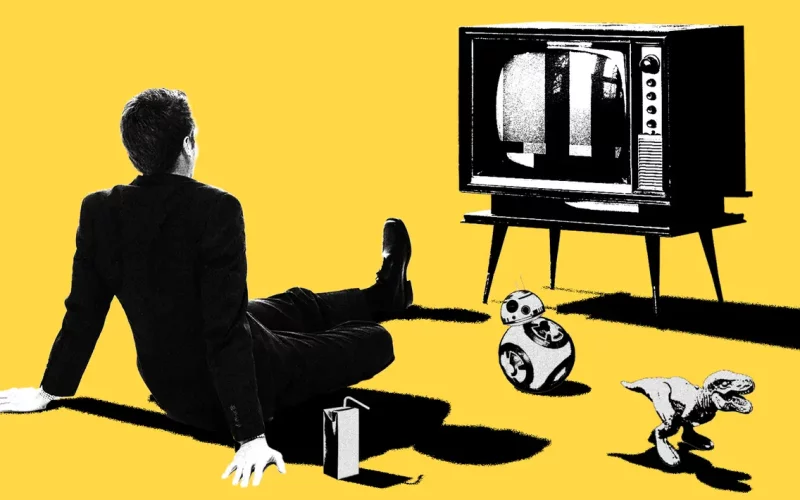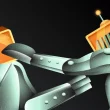Introduction
In an era where technology and culture are rapidly evolving, a surprising counter-trend has emerged: a powerful wave of nostalgia sweeping through the entertainment industry. From television and film to music and video games, nostalgia has become a significant driving force, reshaping how content is created, marketed, and consumed. This article delves into the intricate ways nostalgia influences modern entertainment, examining its origins, mechanisms, and impacts.
The Roots of Nostalgia in Entertainment
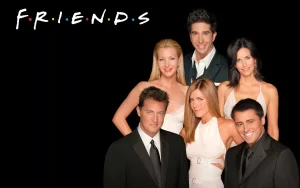
Nostalgia, derived from the Greek words “nostos” (return) and “algos” (pain), was initially conceptualized as a medical condition. However, over time, it has evolved into a psychological phenomenon characterized by a sentimental longing for the past. In the context of entertainment, nostalgia taps into the collective memory of audiences, evoking emotions tied to specific periods or experiences.
The entertainment industry has long recognized the power of nostalgia. Classic films, TV shows, and music have always enjoyed periodic revivals, but the current trend is unprecedented in its scope and intensity. This resurgence can be attributed to several factors:
- Technological Advancements: The rise of streaming services and digital platforms has made it easier to access and distribute classic content. This accessibility allows audiences to revisit their favorite shows, movies, and songs with just a few clicks.
- Generational Shifts: As Generation X and Millennials reach adulthood, they bring with them a deep-seated affection for the media they grew up with. This demographic, now with significant purchasing power, drives demand for nostalgic content.
- Cultural Recycling: In a media-saturated world, creators often look to the past for inspiration. By reimagining or rebooting beloved franchises, they tap into a ready-made fan base while introducing these classics to new audiences.
Mechanisms of Nostalgia in Entertainment
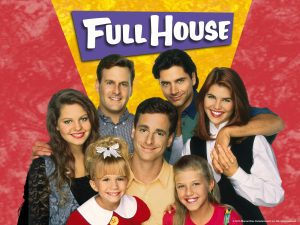
Nostalgia operates through various mechanisms, each uniquely influencing how entertainment is produced and consumed. These mechanisms include:
- Reboots and Remakes: One of the most visible manifestations of nostalgia in entertainment is the prevalence of reboots and remakes. From “Star Wars” and “Jurassic Park” to “Full House” and “The X-Files,” studios are reviving beloved franchises to capitalize on their enduring popularity. These projects often blend familiar elements with modern updates, striking a balance between honoring the original and appealing to contemporary tastes.
- Sequels and Spin-offs: Closely related to reboots and remakes are sequels and spin-offs. By extending the stories of iconic characters and worlds, creators can explore new narratives while maintaining a connection to the past. Examples include the Marvel Cinematic Universe’s continuation of classic comic book stories and the “Harry Potter” spin-off series, “Fantastic Beasts.”
- Retro Aesthetics: Beyond narrative content, nostalgia also influences the aesthetics of modern entertainment. Shows like “Stranger Things” and “WandaVision” utilize retro visual styles, music, and references to evoke specific time periods. This approach not only appeals to those who lived through these eras but also introduces younger audiences to the cultural touchstones of the past.
- Revived Formats: Nostalgia has also led to the resurgence of older formats and mediums. Vinyl records, for example, have made a significant comeback, driven by a desire for tangible, authentic experiences. Similarly, the revival of arcade-style video games and board games reflects a yearning for the simplicity and social interaction of pre-digital entertainment.
Impacts of Nostalgia on Modern Entertainment
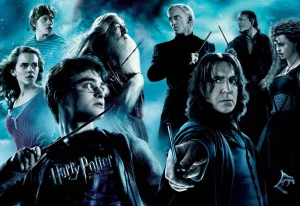
The influence of nostalgia on modern entertainment is multifaceted, affecting both creators and consumers in profound ways. Some of the key impacts include:
- Economic Benefits: Nostalgia-driven content often enjoys a built-in audience, reducing the financial risks associated with new, untested projects. This economic advantage has led studios and production companies to prioritize reboots, remakes, and sequels, sometimes at the expense of original content.
- Cultural Preservation: By revisiting and revitalizing classic media, nostalgia helps preserve cultural heritage. Iconic characters, stories, and music are kept alive for future generations, ensuring that they remain part of the collective consciousness.
- Emotional Connection: Nostalgia fosters a deep emotional connection between audiences and content. This connection can enhance viewer engagement and loyalty, as people are more likely to invest in media that resonates with their personal experiences and memories.
- Creative Limitations: While nostalgia can inspire creativity, it can also impose limitations. The focus on reviving past successes may stifle innovation, leading to a homogenization of content. Additionally, the pressure to meet fan expectations can constrain creators, making it challenging to introduce new ideas or take risks.
- Intergenerational Dialogue: Nostalgia bridges generational gaps, creating opportunities for shared experiences and conversations. Parents can introduce their children to the media they loved growing up, fostering a sense of continuity and connection across generations.
Challenges of Nostalgia-Driven Entertainment
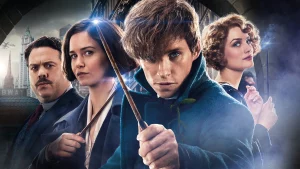
While nostalgia has proven to be a powerful force in modern entertainment, it also comes with its own set of challenges. Critics of nostalgia-driven entertainment argue that it can stifle creativity by encouraging creators to rely on familiar stories rather than taking risks with original content. The entertainment industry’s focus on reboots, revivals, and sequels can sometimes overshadow the development of new ideas and voices.
Moreover, not all nostalgia resonates with all audiences. While certain generations may feel a strong connection to the pop culture of their youth, others may not share that same emotional attachment. This can create a divide between audiences who are drawn to nostalgia and those who seek out more forward-looking, innovative content.
Despite these challenges, it’s clear that nostalgia will continue to play a significant role in shaping modern entertainment. As long as audiences continue to crave connections to the past, creators and studios will find ways to blend nostalgia with new ideas, creating works that evoke fond memories while still pushing the boundaries of storytelling.
Conclusion
Nostalgia’s influence on modern entertainment is a testament to the enduring power of memory and emotion. By tapping into the collective longing for the past, creators can craft content that resonates deeply with audiences, transcending the boundaries of time and culture. As technology continues to evolve and new generations come of age, the interplay between nostalgia and entertainment will undoubtedly remain a dynamic and influential force. Whether through reboots, retro aesthetics, or revived formats, the past will continue to shape the future of entertainment, reminding us of the timeless appeal of the stories and experiences that define us.






